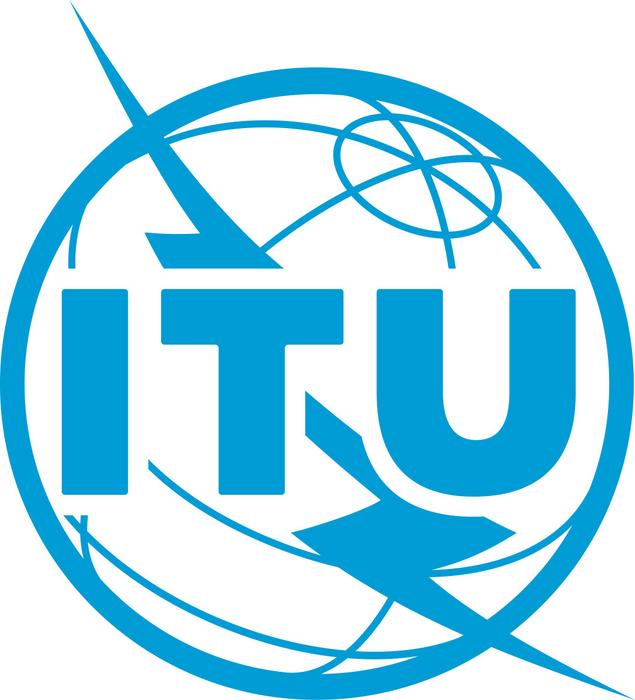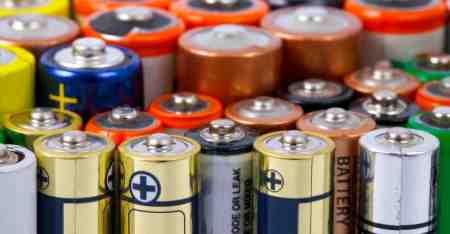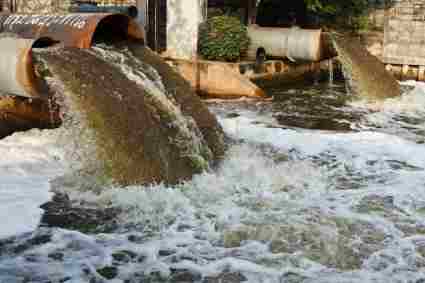Water being a State subject, the management, conservation, and utilization of water resources are primarily the responsibility of State Governments.
They plan, evaluate, fund, and execute water-related initiatives based on their own priorities and resources. The Central Government supplements these efforts through technical, financial, and policy support, promoting modern, data-driven, and sustainable water management practices.
Under the Jal Shakti Abhiyan: Catch the Rain (JSA: CTR), implemented by the National Water Mission, technology is leveraged to enhance artificial recharge structures and scientific water conservation planning.
A key component is the enumeration, geo-tagging, and inventorization of water bodies. District Collectors and Magistrates use old revenue records, remote sensing data from the National Remote Sensing Agency (NRSA), and Geographic Information System (GIS) mapping to define boundaries, geo-tag structures, and integrate data from the National Water Informatics Centre (NWIC) and State Water Resources Information Systems. This approach enables the creation of data-driven conservation plans, with 639 districts having prepared district-level plans as per the JSA: CTR portal.
The Central Ground Water Board (CGWB) has developed the India-Groundwater Resource Estimation System (IN-GRES), a web-based platform providing standardized groundwater assessments across India. CGWB monitors groundwater in real-time through a network of 5,260 Digital Water Level Recorders (DWLRs) with telemetry systems, with data accessible online. Advanced tools such as GIS, remote sensing, and satellite platforms like GRACE, along with collaborations with missions like NISAR, are used for aquifer mapping, recharge zone identification, sustainability assessment, and large-scale groundwater storage monitoring.
The Ministry also documents and promotes traditional and conventional water harvesting systems. India’s first Census of Water Bodies (2018–19), published in 2023, catalogued over 24.24 lakh water bodies including ponds, tanks, lakes, check dams, and reservoirs, providing detailed data on use, condition, storage, and encroachments. The GIS-based Jal Dharohar sub-portal, launched in beta in November 2023 under the India-WRIS Portal, consolidates geo-tagged data from multiple national programs, including JSA, Atal Bhujal Yojana, Minor Irrigation Statistics, and the first Census of Water Bodies, offering a spatial tool for planning, monitoring, and public awareness.
Several schemes utilize technology for water management. The Modernization of Command Area Development and Water Management (MCAD) scheme applies GIS, satellite data, and SCADA/IoT-based systems for water auditing, volumetric measurement, and productivity assessment. Under the National Hydrology Project (NHP), 6,457 surface water and 17,105 groundwater Real Time Data Acquisition Systems (RTDAS) have been installed for real-time monitoring. Minor irrigation projects under PMKSY-HKKP are monitored through GIS maps, with each project assigned a Unique Identification Code (UIC) and oversight by independent agencies.
Urban water management under AMRUT and AMRUT 2.0 incorporates smart technologies such as SCADA in water supply and sewerage projects. To date, 230 water supply and 146 sewerage projects have implemented SCADA systems. The Urban Waterbody Information System (UWAIS) has mapped over 28,761 water bodies covering 7.13 lakh hectares, supporting spatial planning and decision-making.
To encourage innovation, the Ministry has promoted IoT sensors for real-time monitoring of water supply, integrated with the Jal Jeevan Mission (JJM) dashboard. An ICT Grand Challenge, conducted in collaboration with the Ministry of Electronics and Information Technology (MEITY), deployed sensors at 100 locations nationwide. The MCAD scheme further engages startups, universities, FPOs, PACS, and research institutions for water-saving technologies, while the Technology Sub-Mission under AMRUT 2.0 has mapped 120 startups with 82 AMRUT cities for pilot projects.
Through these integrated, technology-driven initiatives, the Ministry of Jal Shakti supports States in achieving efficient, sustainable, and inclusive water management while ensuring transparency, accountability, and citizen participation.
- PIB







